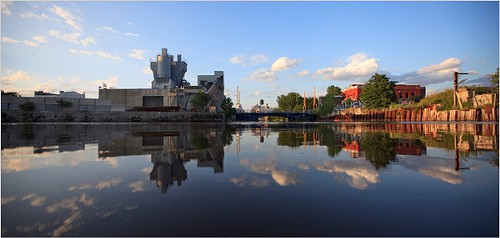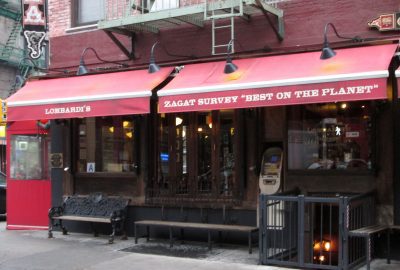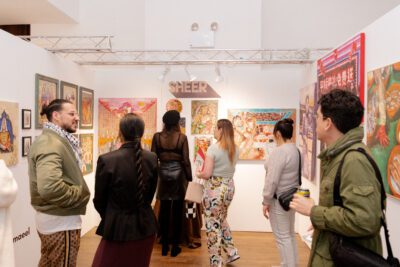Have Hipsters and Gentrification Ruined Brooklyn?

Kotkin then shares some statistics that are, frankly, depressing and shocking to see all together. Things like the fact that 25% of Brooklyn residents are on food stamps. And the reality that “one in five residents [is] under the official poverty line, roughly 50 percent above the state average.” Also, “despite some job gains, the borough’s unemployment rate stood at 11 percent this summer, up from 9.7 percent a year ago and well above the national average.” Add these figures to the newly released information that Brooklyn is now the second most expensive place to live in America (behind Manhattan) and the picture that emerges is pretty grim.
The huge divide between the haves and the have-nots in Brooklyn is an issue that we’ve covered before, and it is undoubtedly an issue that we will cover again. However, this is an issue that is not specific to Brooklyn, or even New York. And it is certainly not an issue that should be discussed in terms of “hipster” culture, as if the people who are to blame for the stark income disparity in this country are the artistically minded young people who ride bikes and eat locally-sourced food. This diminishes the reality that faces many Brooklynites—hipsters included—who are struggling to get by in this city, a place that has become increasingly difficult to live in on salaries that would be liveable almost any other place in the country.
Kotkin references “the real Brooklyn” which he describes as being “non-white” and “surprisingly poor.” This has become a go-to criticism of the new influx of people into Brooklyn, that they are not “real” enough. But, real or not, they are here and many of these people have made actual and noteworthy investments in their neighborhoods. The real problem is the rampant development of neighborhoods without any consideration of the people who live there. This can be disastrous and has many troubling implications. These types of development are not usually carried out by anyone who would be recognized as a “hipster” though. Rather they are usually the product of corporate deals with city government and the churnings of money that goes way deeper than most “hipsters” pockets. And to pretend that all the people who make up the “new Brooklyn” are just part of the “hip…privileged and cool set” is ridiculous. While the problems of some “hipster” kid who works in a creative field making $26,000/year while carrying a $60,000 student loan debt are not the same as a single mother living in subsidized housing while working two jobs at minimum wage, they are still problems. There are lots of different ways that Brooklynites are struggling in this bad economy.
And the solution isn’t to deride the attention paid to “hipster” culture. This is a systemic problem in our city and our country. Kotkin notes that “New York’s wealthiest one percent earn a third of the entire city’s personal income.” How many of that 1% are riding their fixed gears around Greenpoint? Maybe instead of denigrating Brooklyn’s “hipster” demographic, after touting it just days before, Forbes could reference another one of its lists that gets a lot of page views: the list of America’s billionaires.
Follow Kristin Iversen on twitter @kmiversen
You might also like 



















